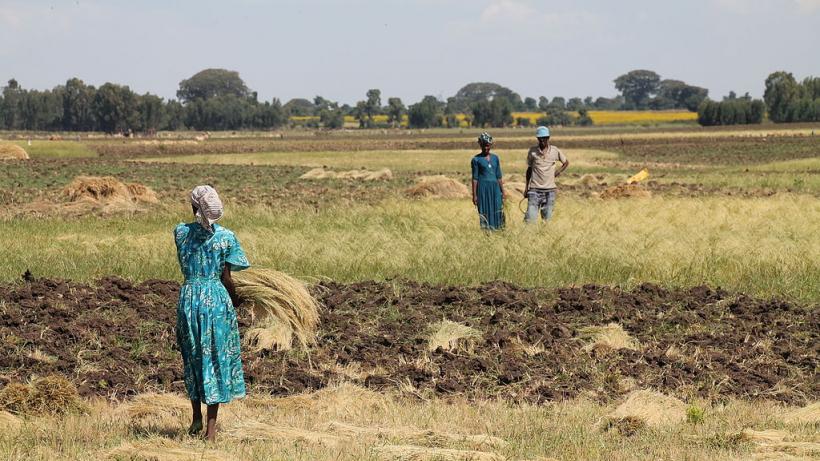The impacts of COVID-19 in the Amhara National Regional State
Since Ethiopia’s first case of COVID-19 on 13 March 2020, the number of confirmed cases displayed a steady but manageable increase until the end of June 2020. Nevertheless, the country has witnessed a sharp spike in the number of confirmed cases and deaths in July 2020, and it is difficult to determine which side of the peak Ethiopia is on.
However, there is enough evidence to see that the pandemic has/will hit the economy hard. There are two phases through which the pandemic will manifest itself on the economy – direct effects that come from containment strategies, and indirect effects from the global economy that will be felt through the balance of payments. There is also yet another class of effects that will appear if mortality and morbidity rates increase and containment strategies shift limited resources from other health risks to COVID-19.
The Amhara National Regional State (ANRS), with 27 percent of the country’s population, is one of the major crop-producing regions accounting for:
- 35% of Ethiopia’s crop area and 33% of overall grain production.
- 42% and 29% of national level pulses and oilseeds production respectively.
- 27% of the country’s cattle population and 29% of national shots population are estimated to exist in the region.
The relatively high population density of the region, the spread of COVID 19, albeit gradual, is threatening the economic workings of the region.
Using administrative data available in the regional income accounts and federal government sources, this project uses three methodologies to study the economic effects of COVID-19 in the ANRS:
- First, we use productivity analysis to quantify the effect of reduced employment on the value-added from different sectors, very much like a growth accounting exercise.
- Second, we will then conduct welfare analysis to examine how the decline in regional growth rate affects the poverty rate and welfare.
- Third, we will use regional income accounts, regional Social Accounting Matrix (SAM) and other administrative data to estimate the macroeconomic impacts of the pandemic at the regional level.
The study also makes use of federal level impact estimates to disaggregate the impact at the regional level. We will estimate the impact of COVID-19 on key outcome variables to the ANRS economy under different scenarios of health and economic impacts of the pandemic. These outcome variables include, but are not limited to, production, income, government finance, export, and employment.





